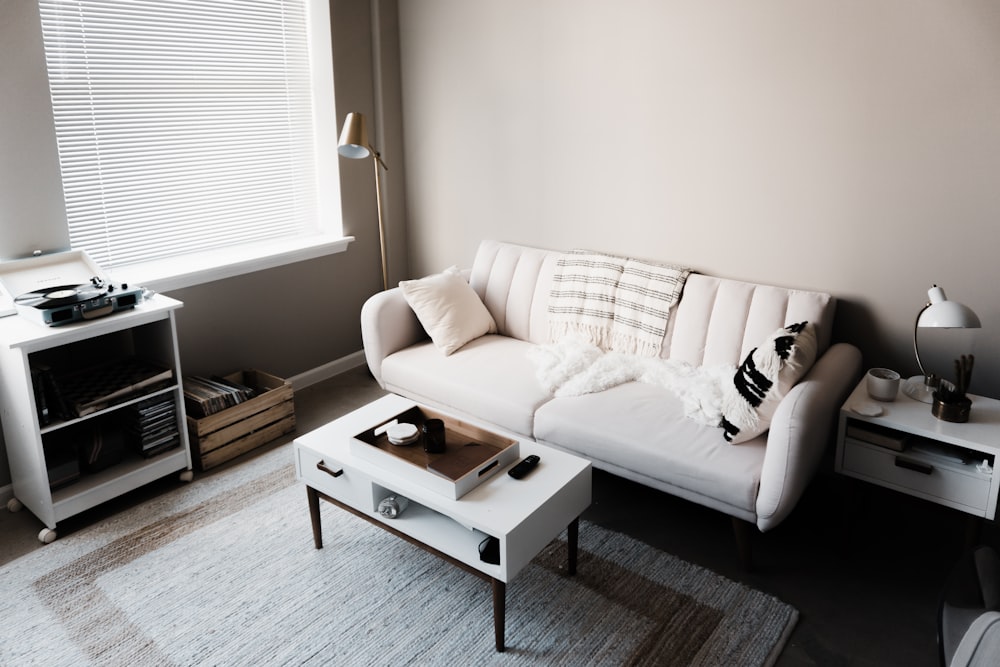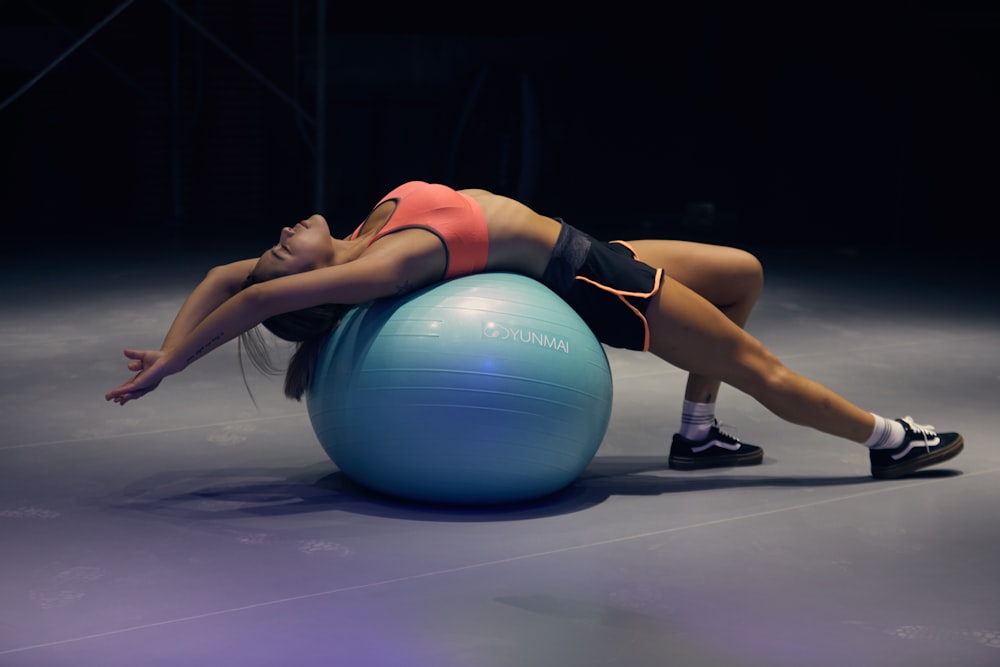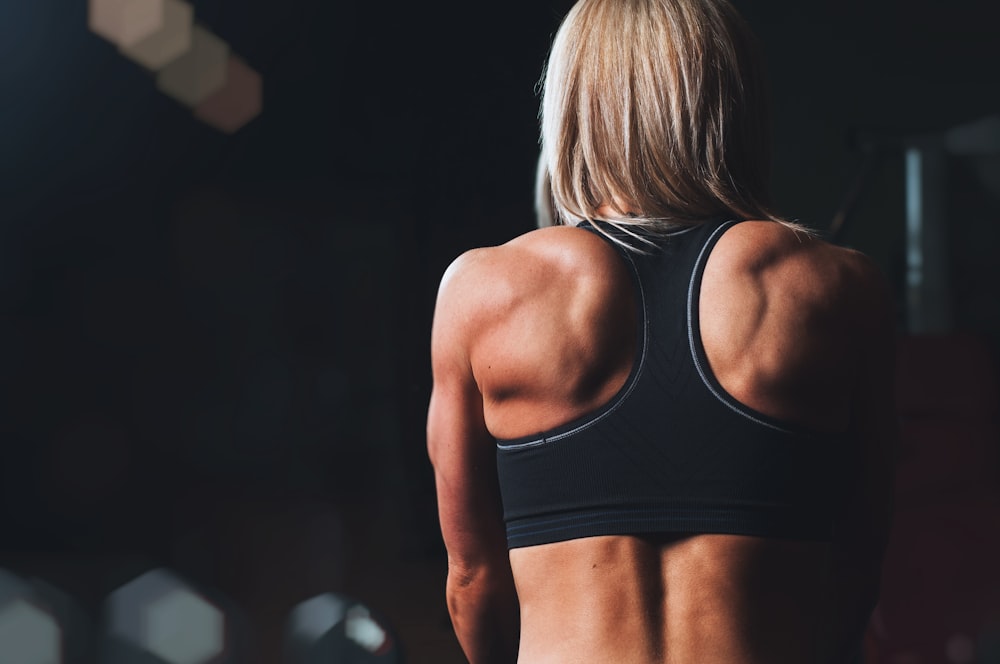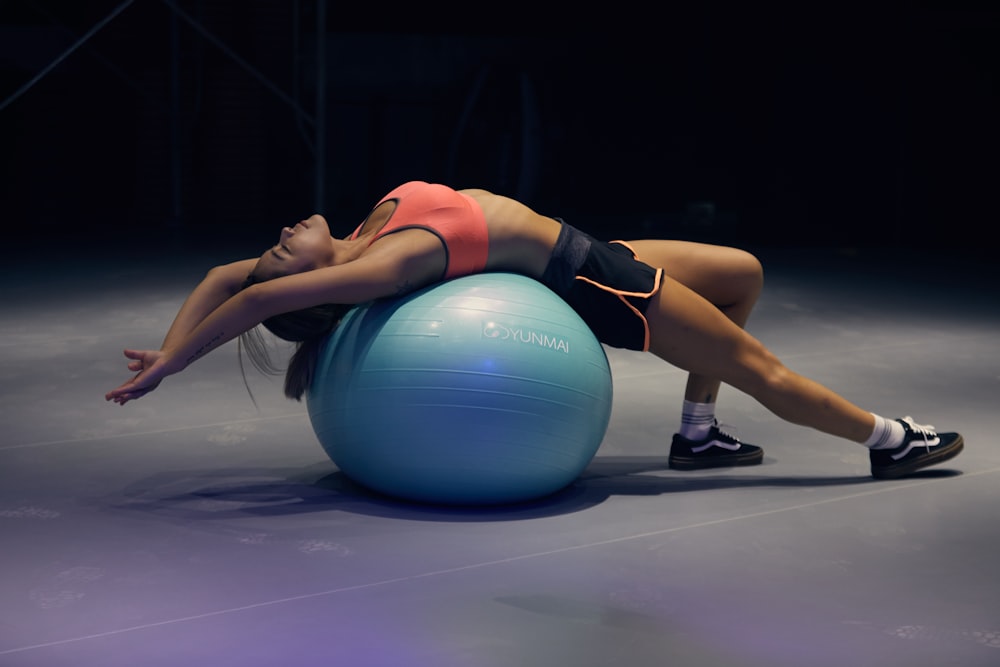Achieve Your Fitness Goals with At-Home Full Body Workouts
Alright, so you’ve made the decision to take charge of your fitness journey from the comfort of your own home. That’s fantastic! With a basic full body workout routine, you can sculpt, tone, and strengthen every muscle group without ever stepping foot in a gym. Let’s dive into the details of how you can get started and see real results from your home workouts.
Why Choose At-Home Full Body Workouts?
Let’s start with the basics—why opt for a full body workout at home? Well, for one, it’s incredibly convenient. No need to commute to the gym or worry about gym hours. You can squeeze in a workout whenever it fits into your schedule, whether that’s early in the morning or late at night.
Setting Up Your Home Gym
First things first, let’s talk about what you’ll need to set up your home gym. The beauty of at-home workouts is that you don’t need a ton of equipment. A set of dumbbells, a yoga mat, and perhaps a stability ball or resistance bands can go a long way in giving you a full body workout.
The Warm-Up: Preparing Your Body
Before diving into the main workout, it’s crucial to warm up your muscles to prevent injury and get the blood flowing. Spend 5-10 minutes doing some dynamic stretches, light jogging in place, or jumping jacks to get your heart rate up and your muscles ready to work.
Leg Day: Building Lower Body Strength
Let’s kick things off with exercises that target your lower body—your legs. Squats are a fantastic choice, working your quads, hamstrings, and glutes. Remember to keep your weight in your heels as you lower down and push through your heels to return to standing.
Next up, lunges. Step forward with one foot, lower your body until both knees are at 90-degree angles, then push back to the starting position. Repeat on the other side.
Upper Body Power: Sculpting Arms, Chest, and Back
Moving on to the upper body, we’ll target your arms, chest, and back. For the arms, bicep curls with dumbbells are a classic choice. Keep your elbows tucked in at your sides and curl the weights towards your shoulders.
For the chest, try some push-ups on your mat. Keep your body in a straight line from head to heels, lower your chest towards the ground, then push back up to the starting position.
To work the back, bent-over rows with dumbbells are effective. Hinge at your hips, keep your back flat, and row the weights towards your belly button.
Core Strength: Enhancing Stability and Balance
A strong core is key to overall strength and stability. Planks are an excellent choice for working your entire core. Get into a push-up position on your mat, elbows under your shoulders, and hold for as long as you can while keeping your body in a straight line.
Russian twists are also great for targeting the obliques. Sit on your mat, lean back slightly, and twist your torso from side to side, touching the ground beside you with each twist.
Cool Down and Recovery
After you’ve powered through your full body workout, it’s important to take some time to cool down and stretch your muscles. Spend 5-10 minutes doing some static stretches, focusing on each major muscle group. This helps to prevent soreness and promote recovery.
Final Thoughts: Your Fitness Journey Begins Now
And there you have it—a basic full body workout routine that you can do right in the comfort of your own home. Remember, consistency is key when it comes to seeing results, so aim to do this workout 2-3 times per week, allowing for rest days in between. Listen to your body, challenge yourself, and most importantly, have fun with it. Your journey to a stronger, fitter you starts now! Read more about basic full body workout at home







